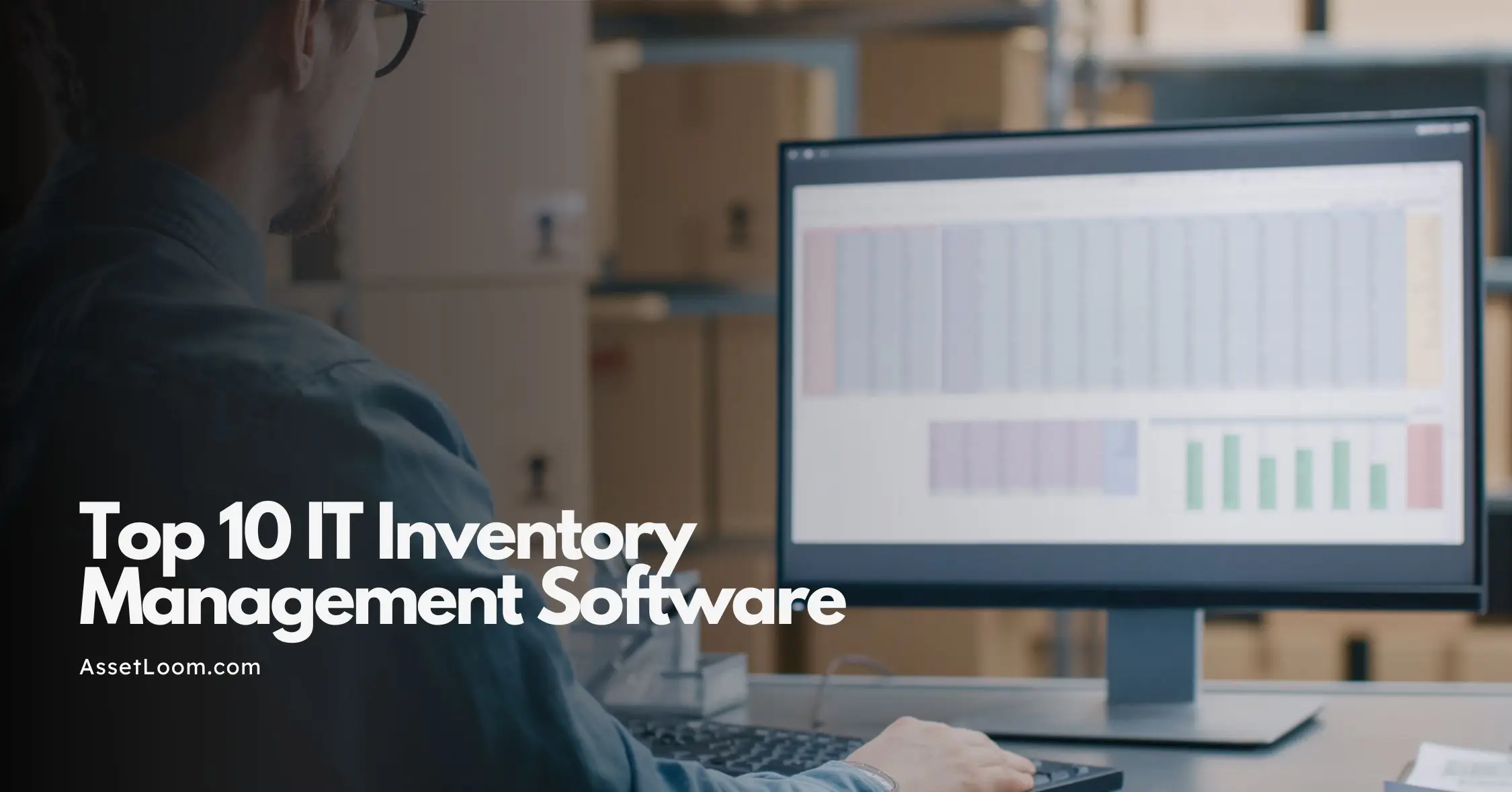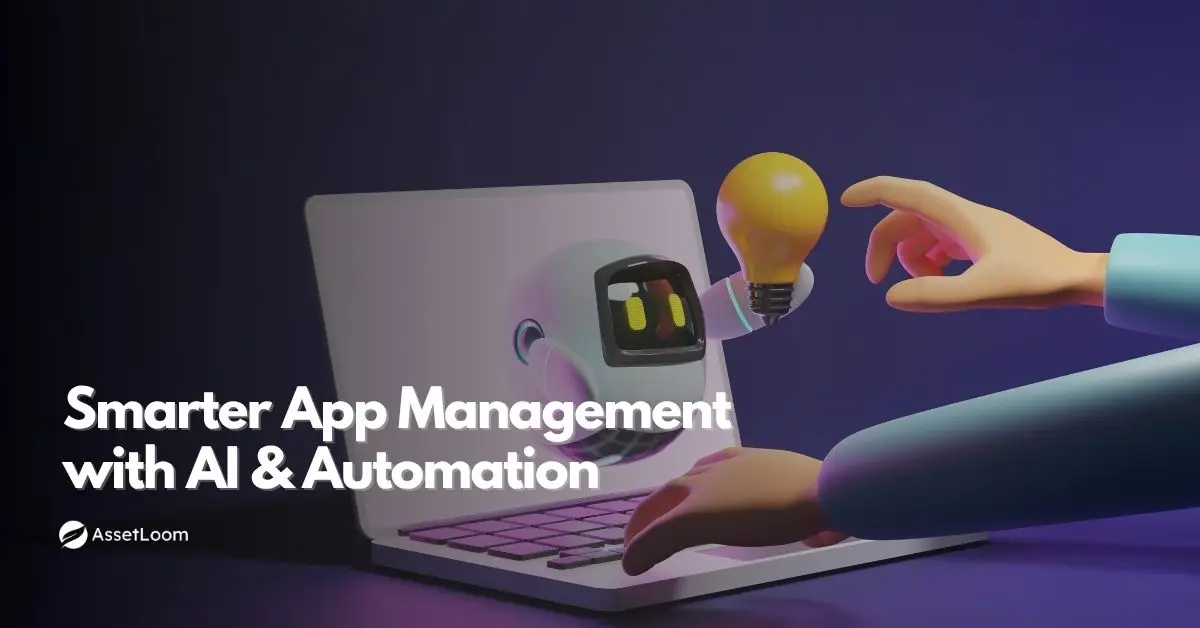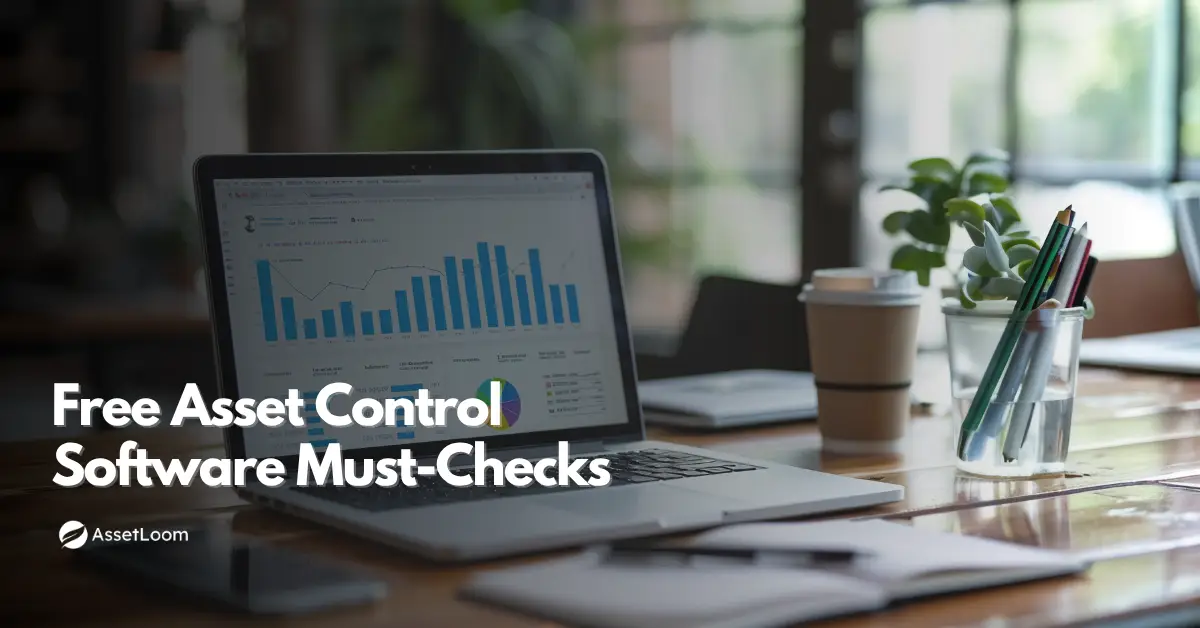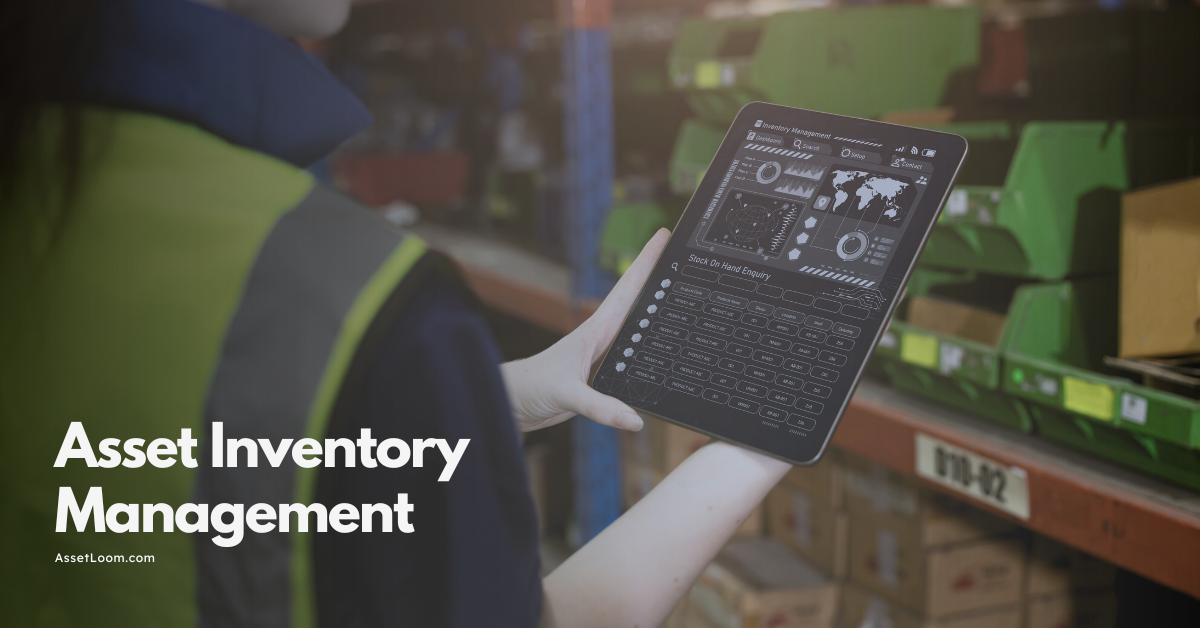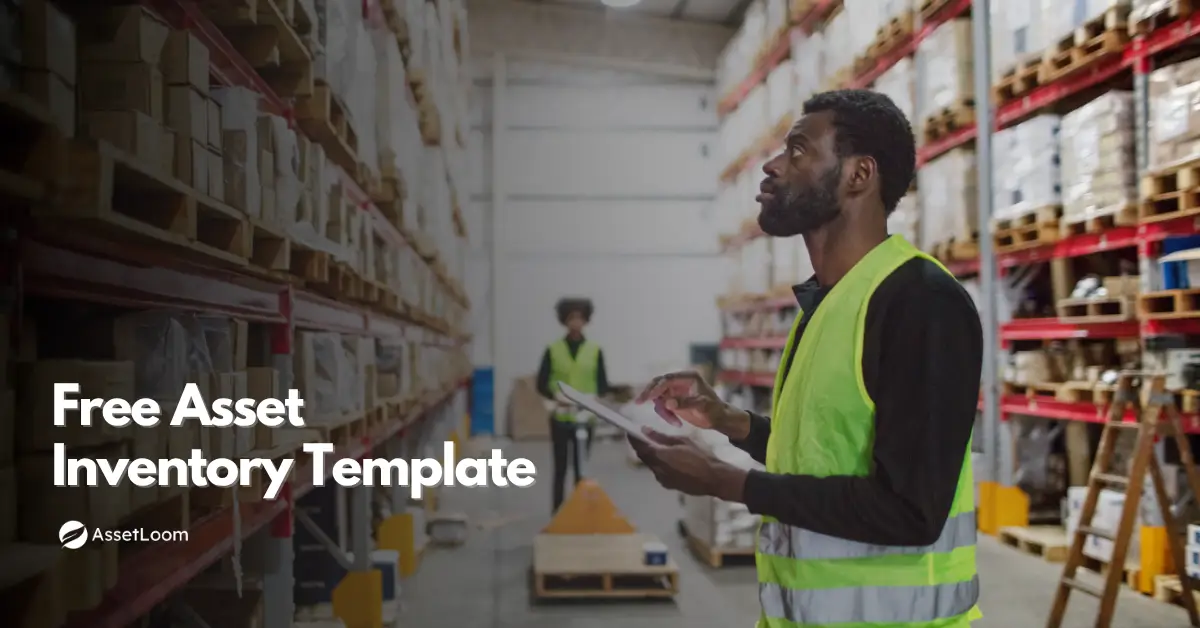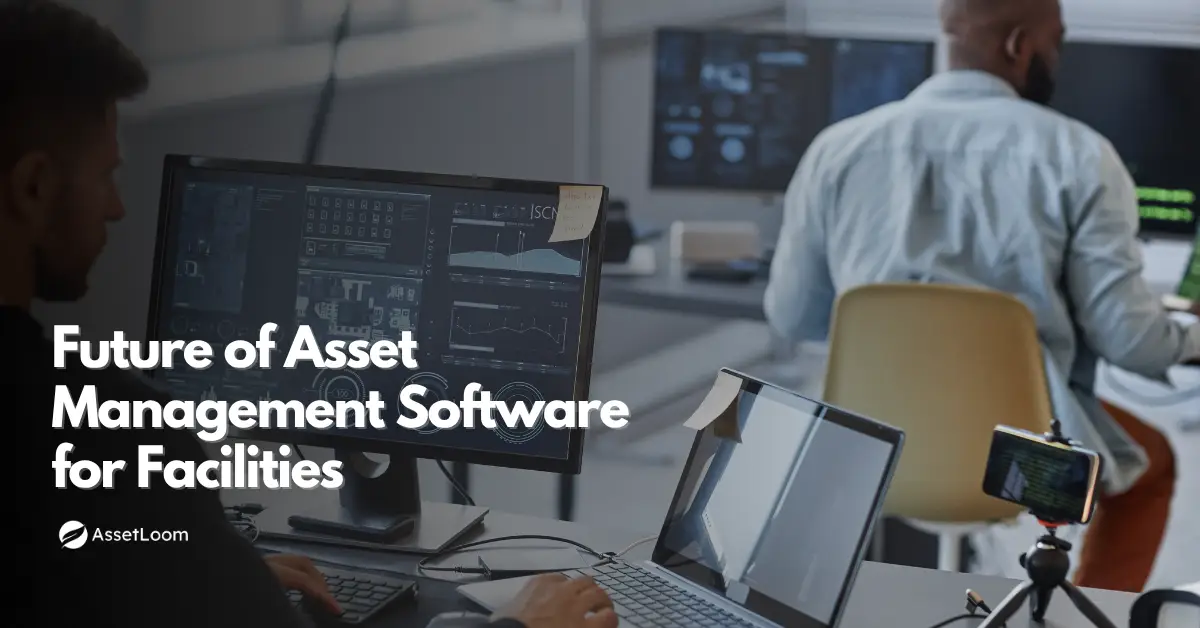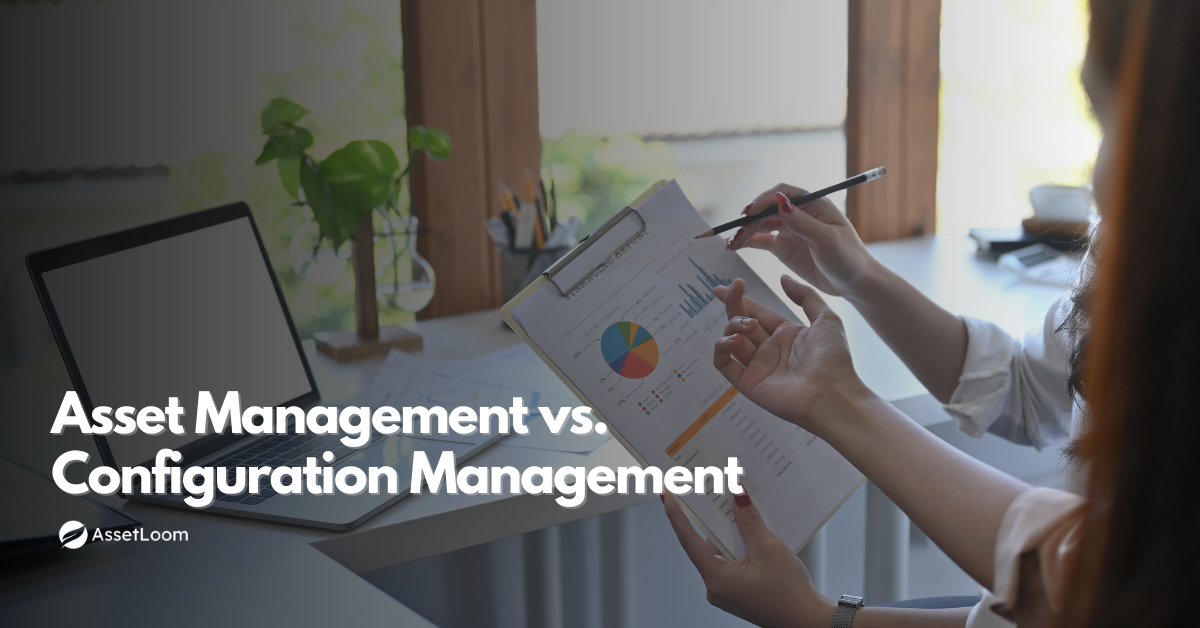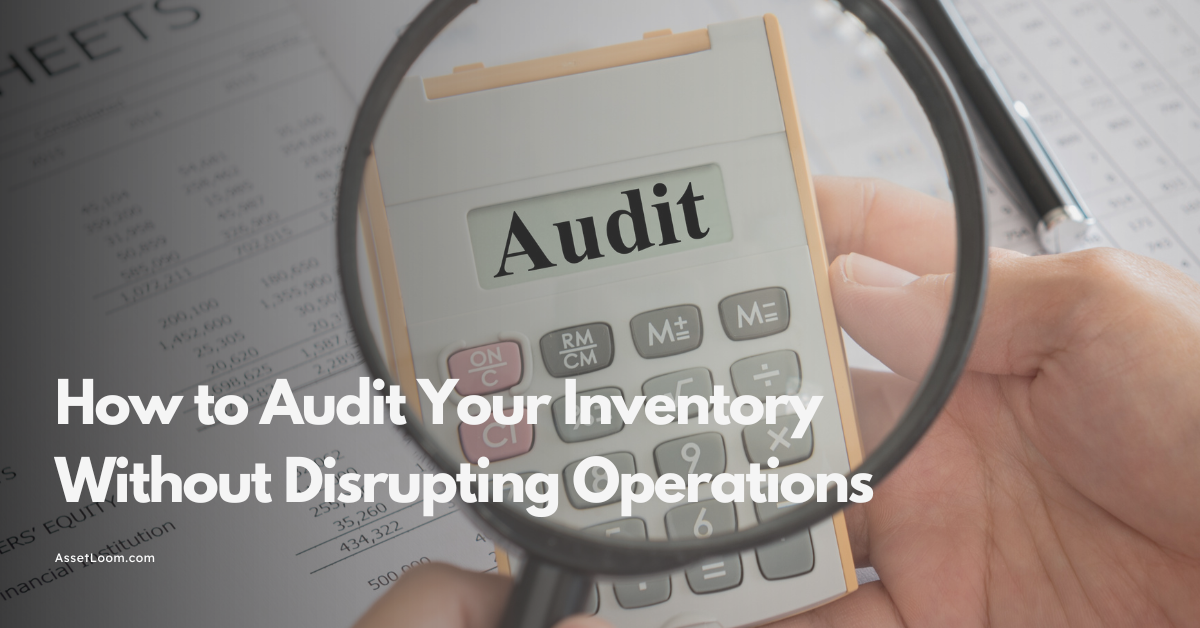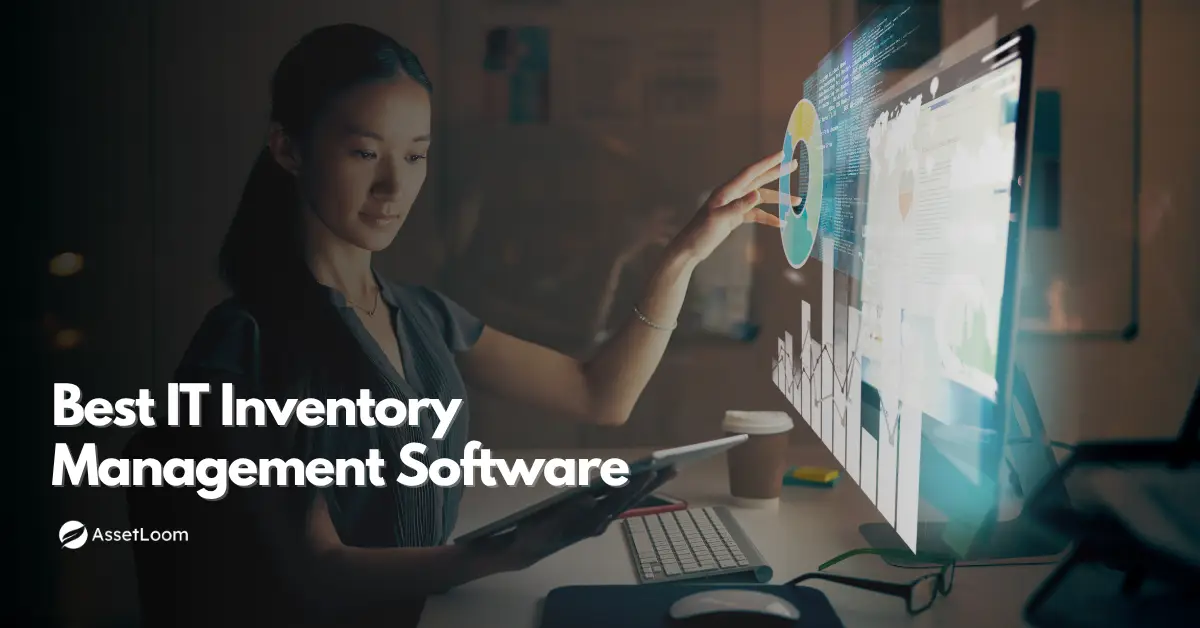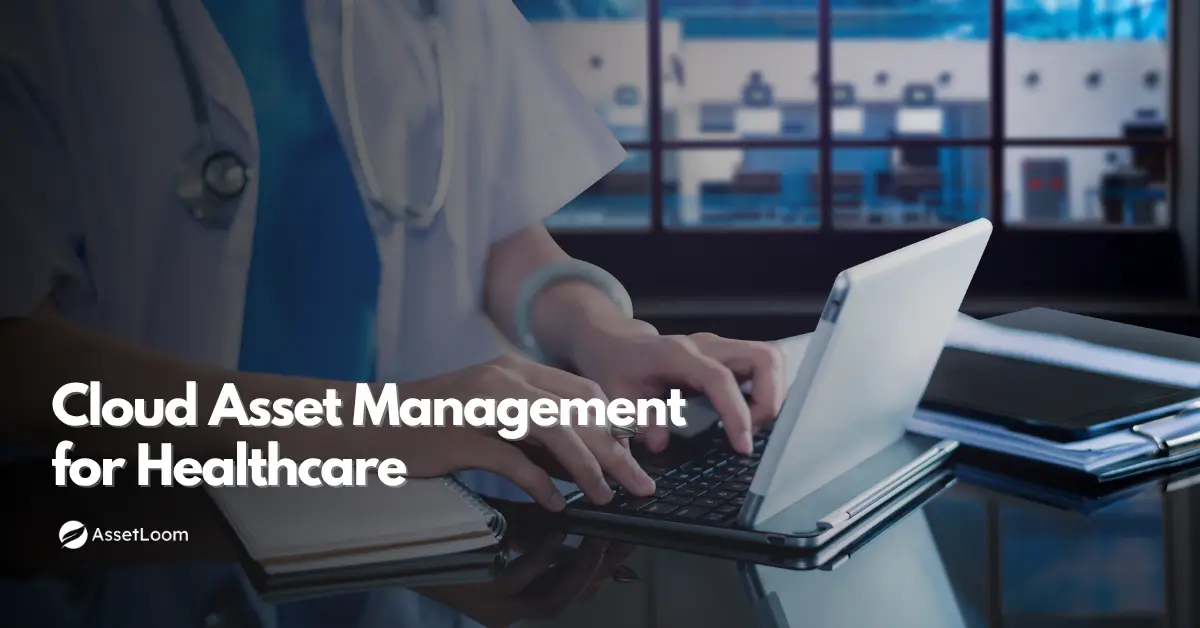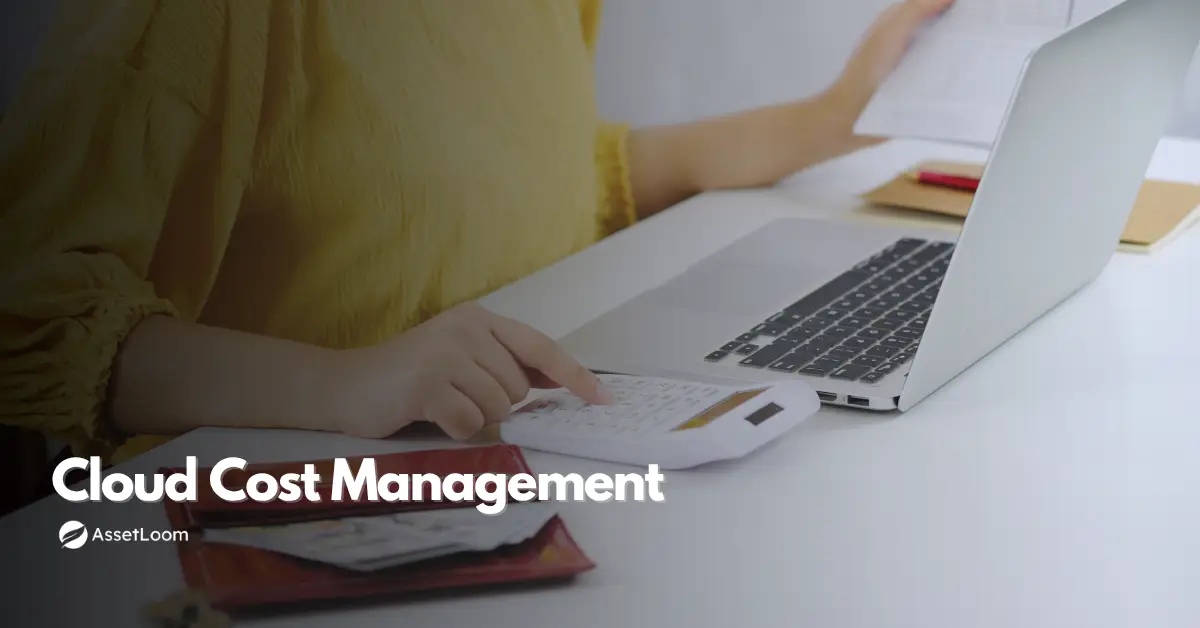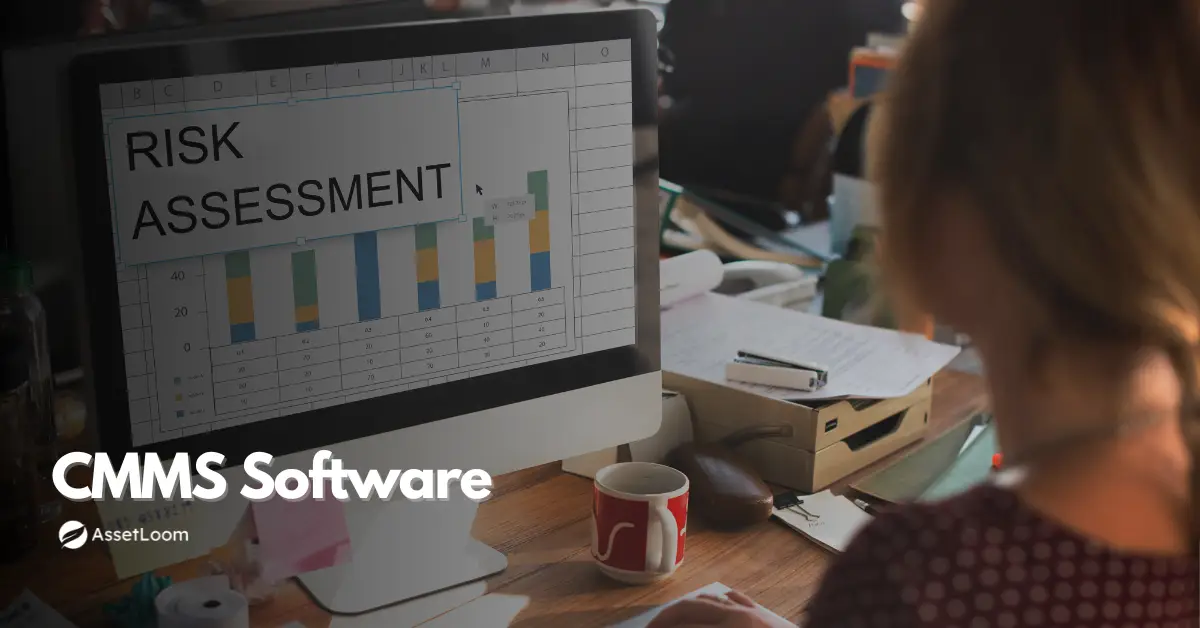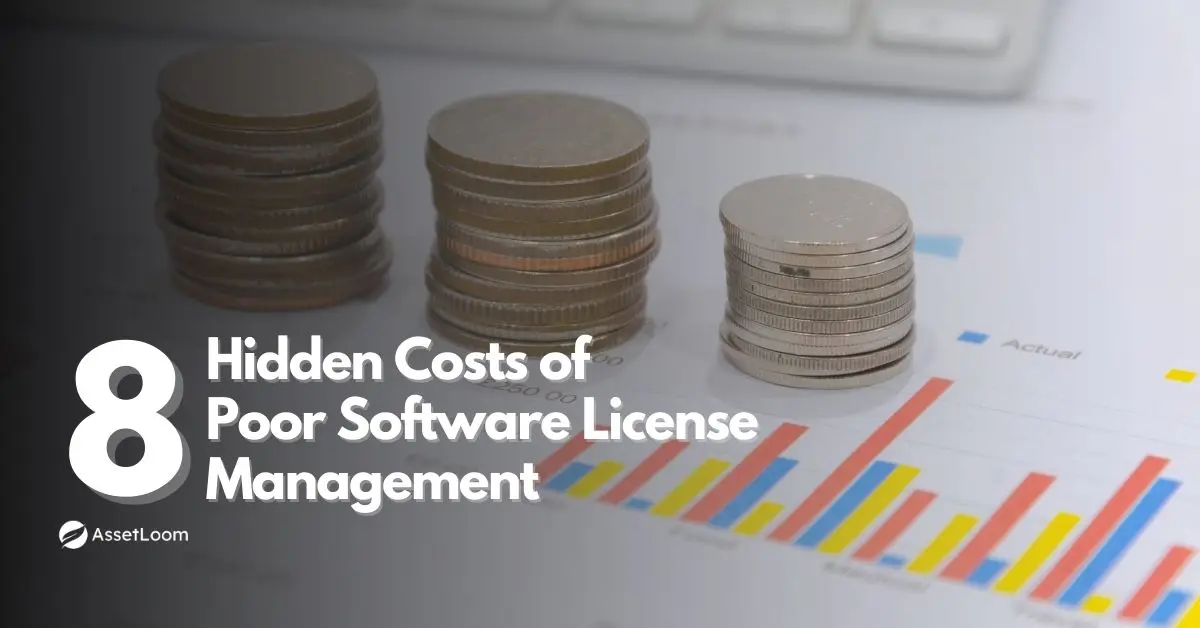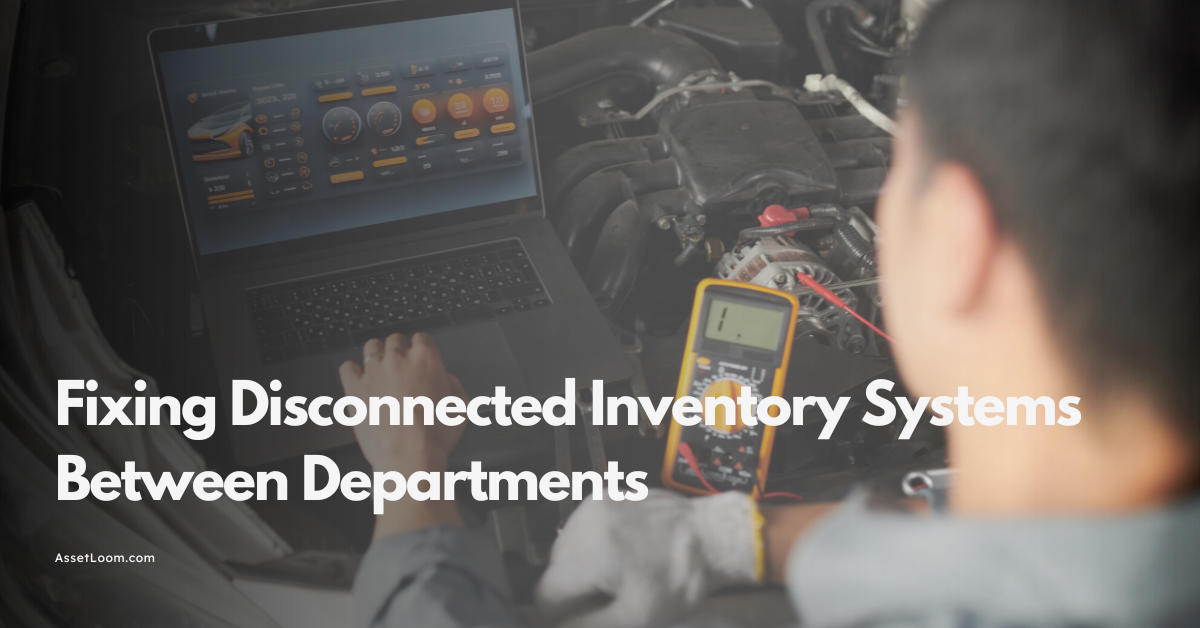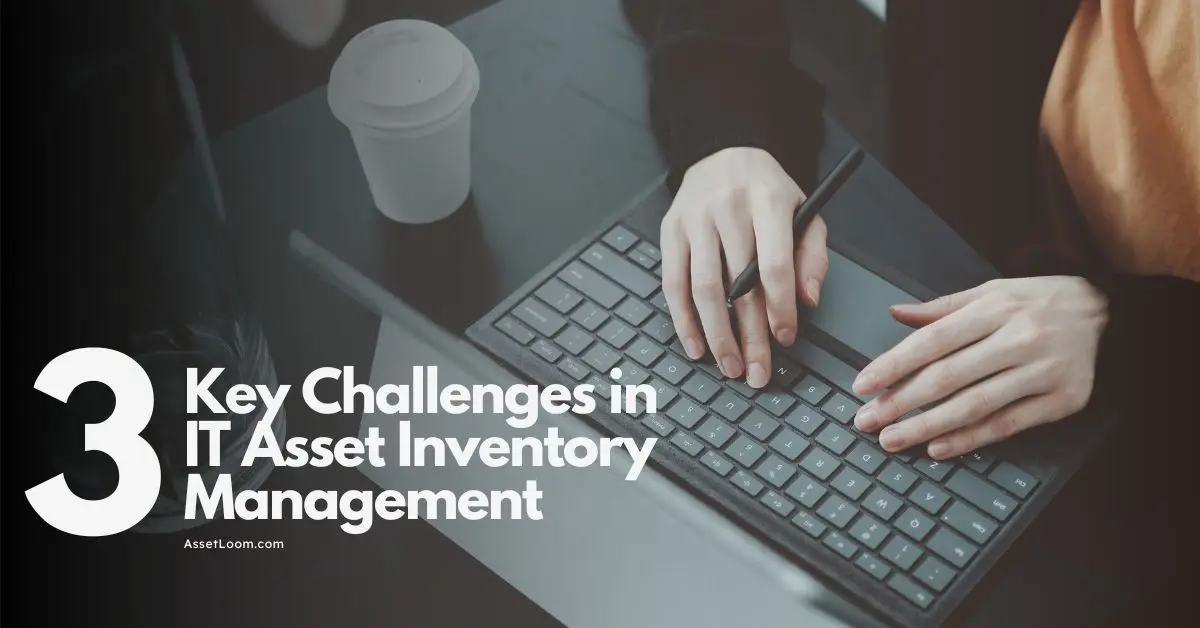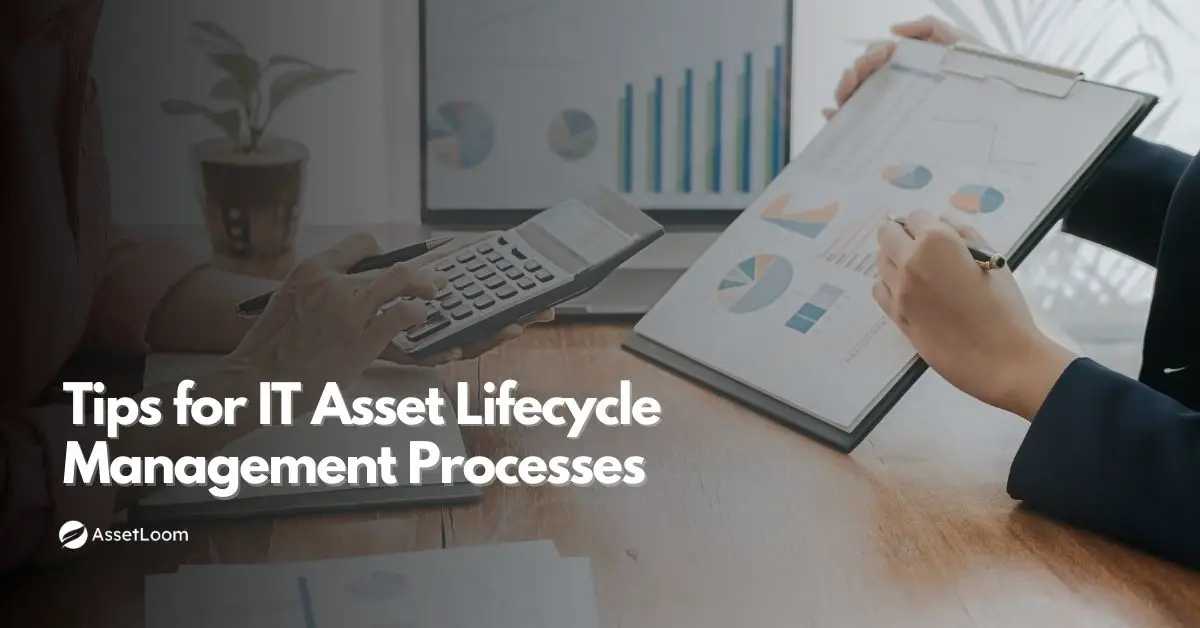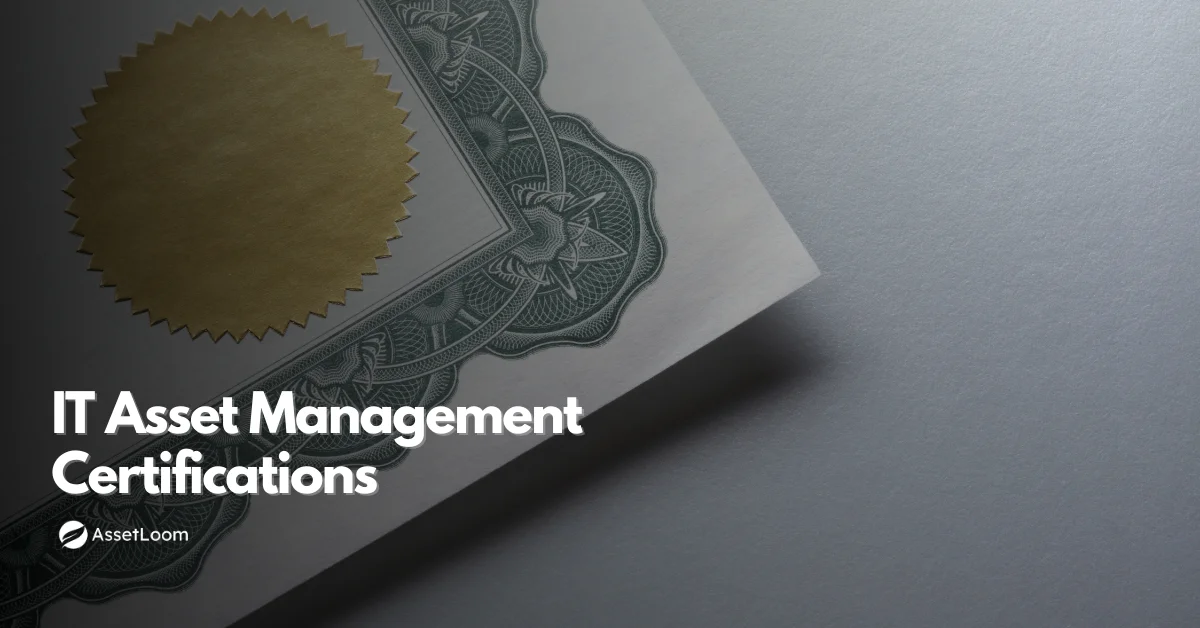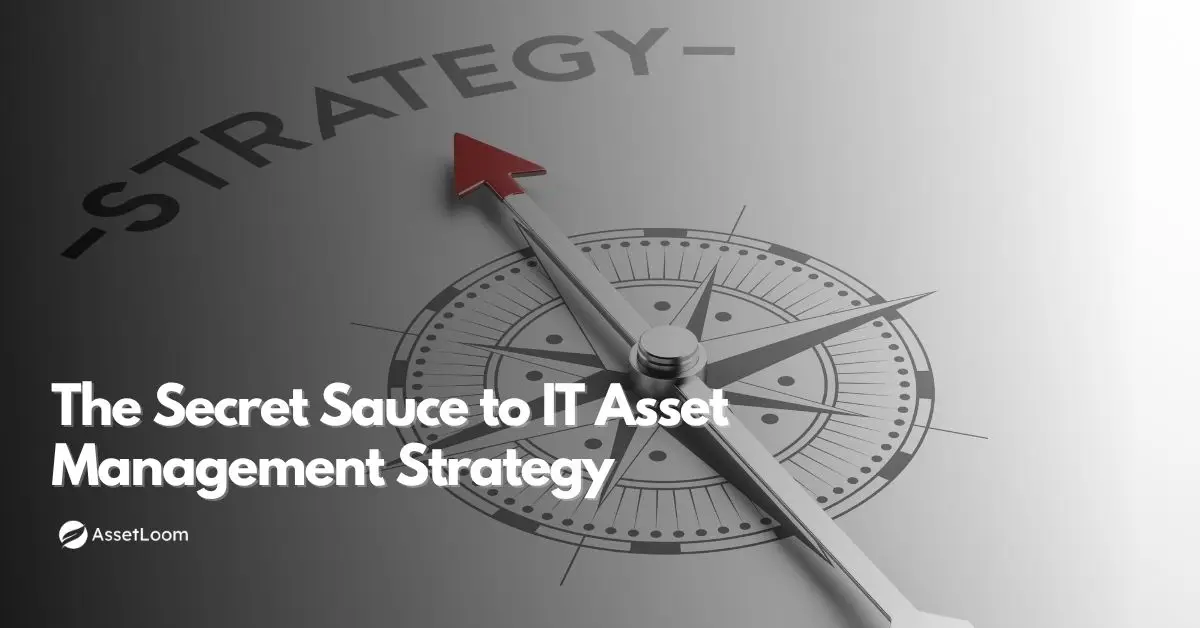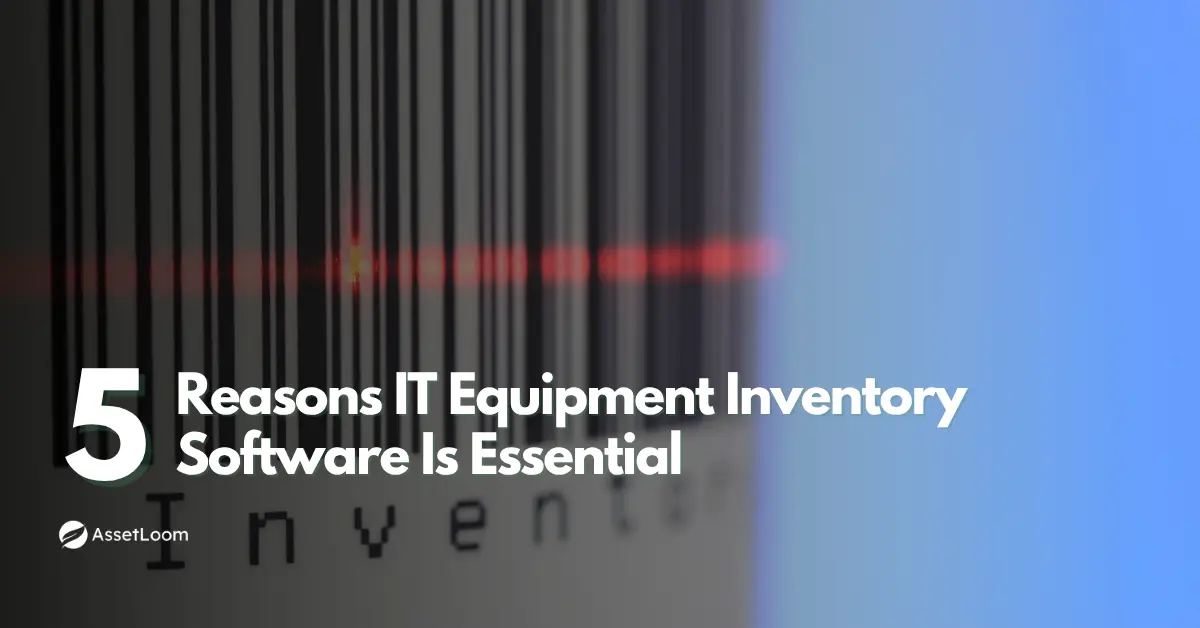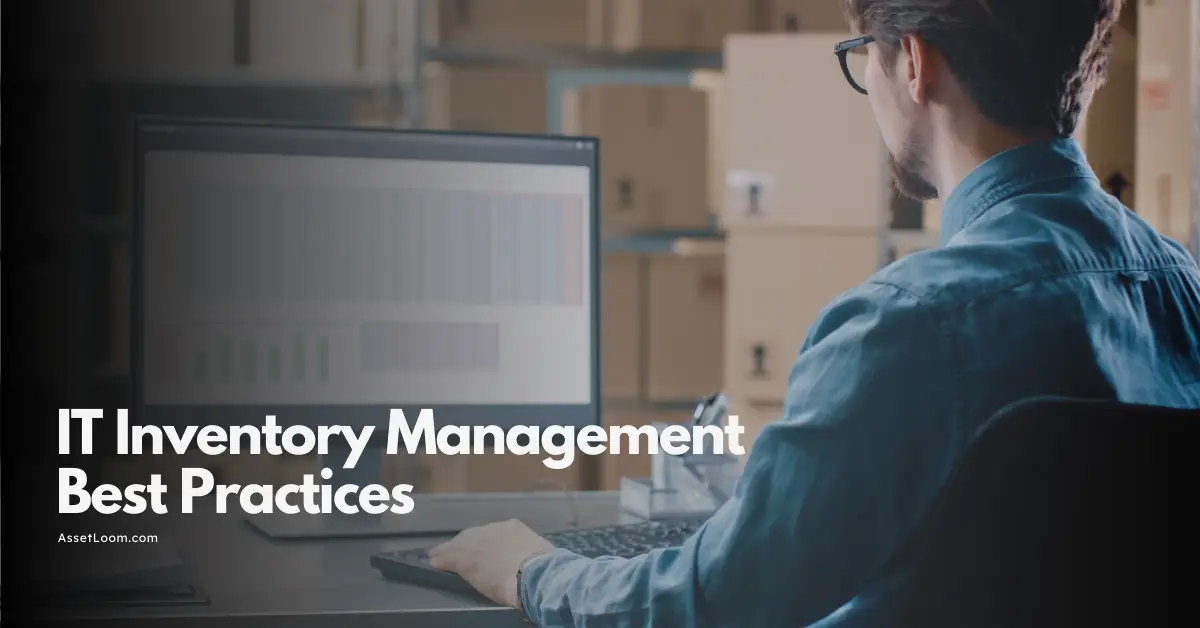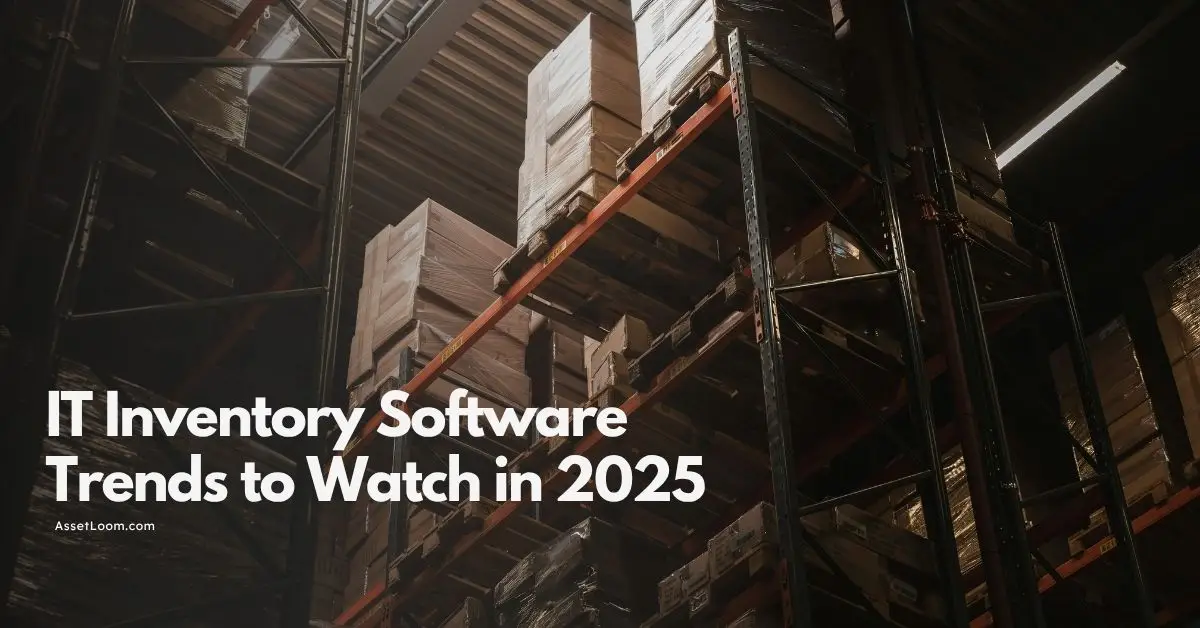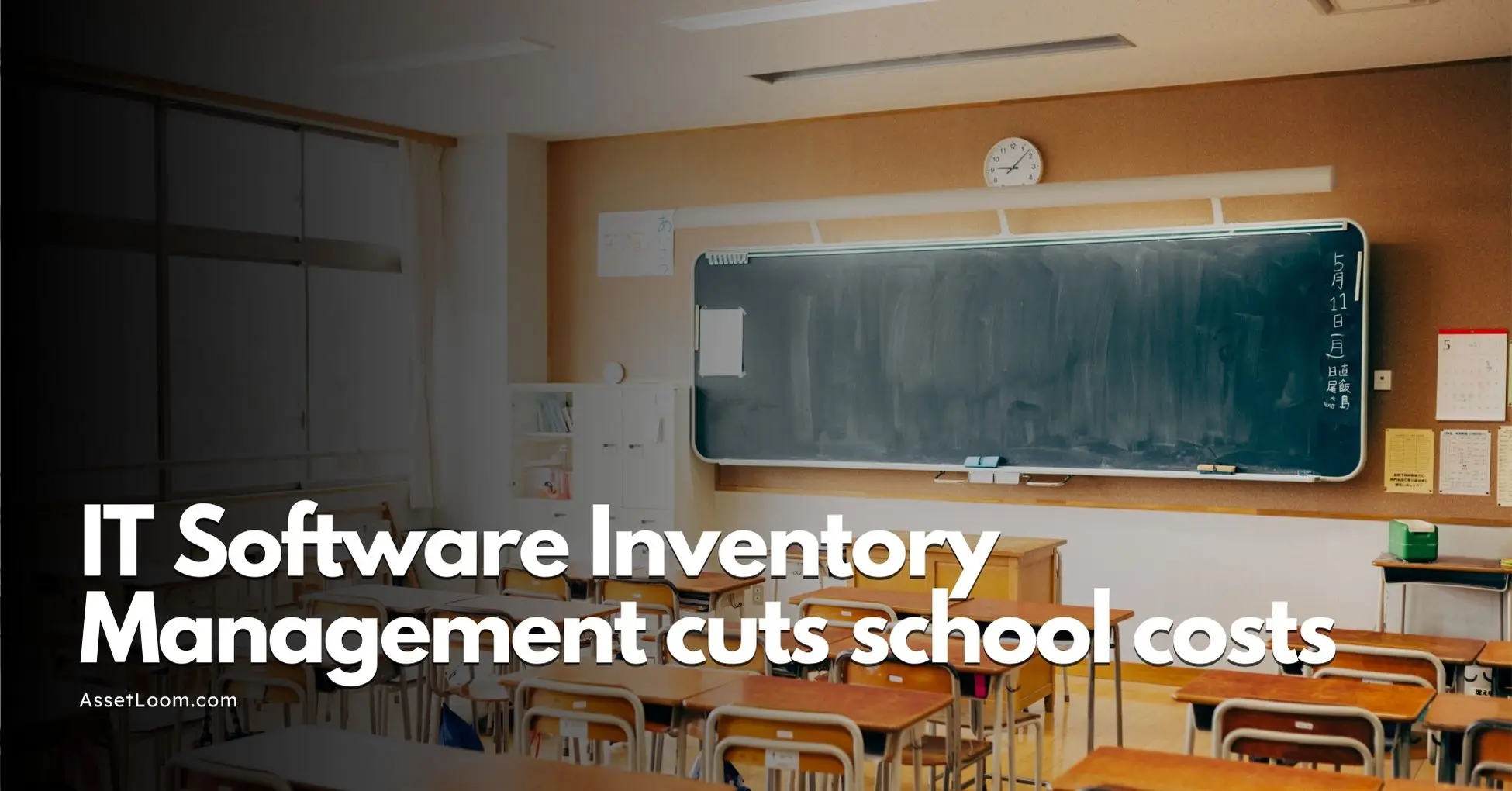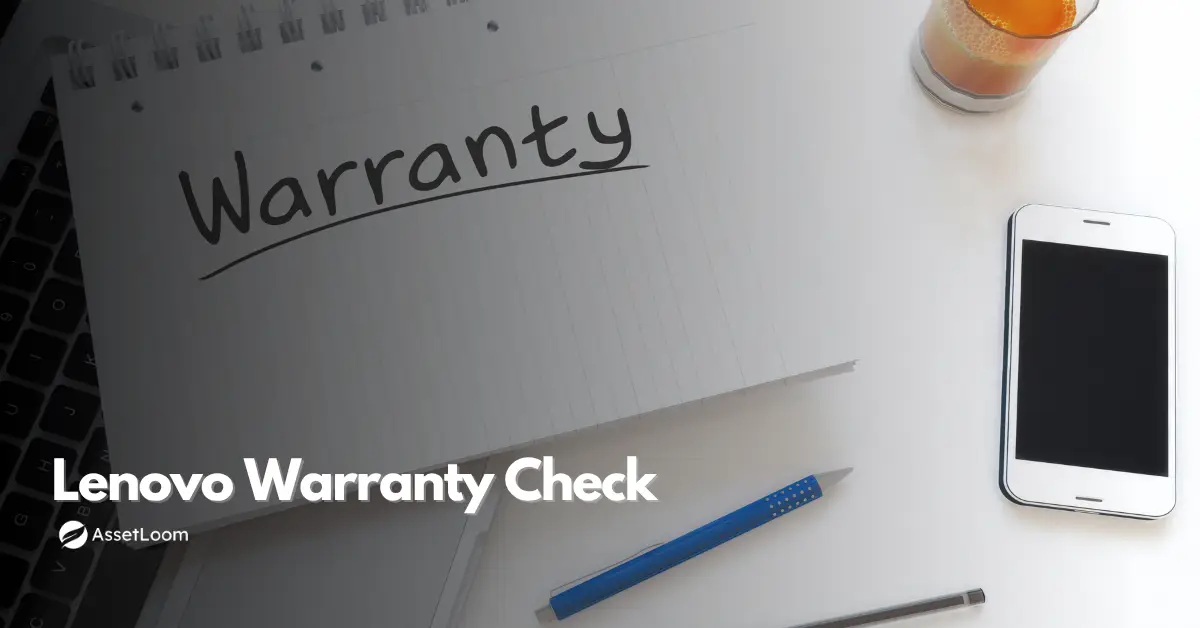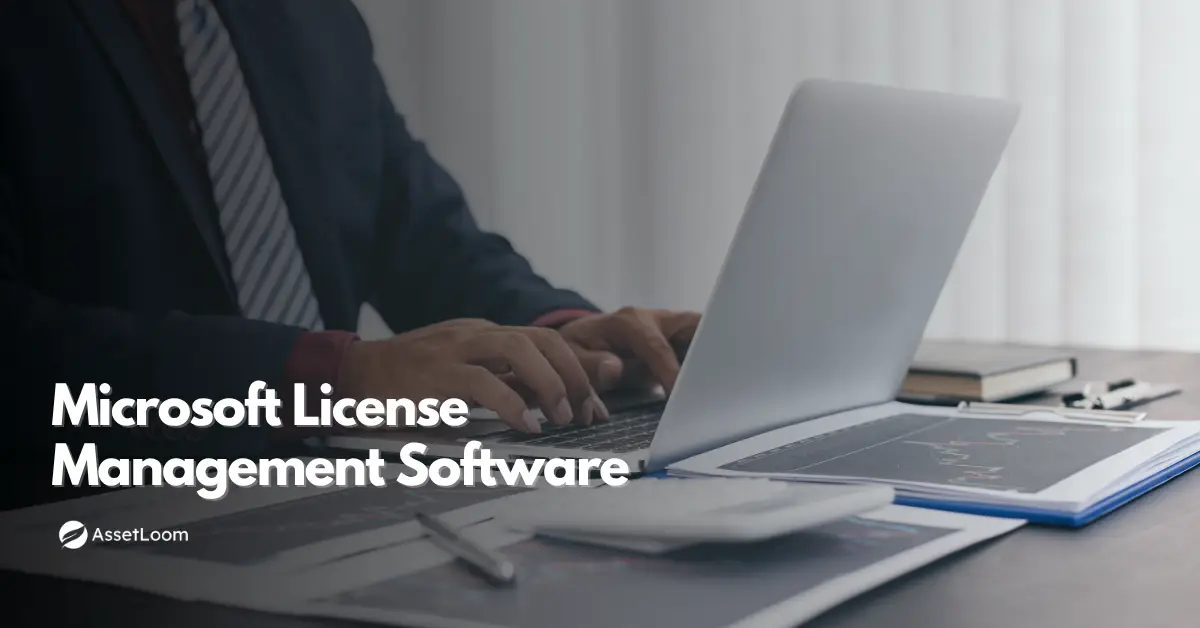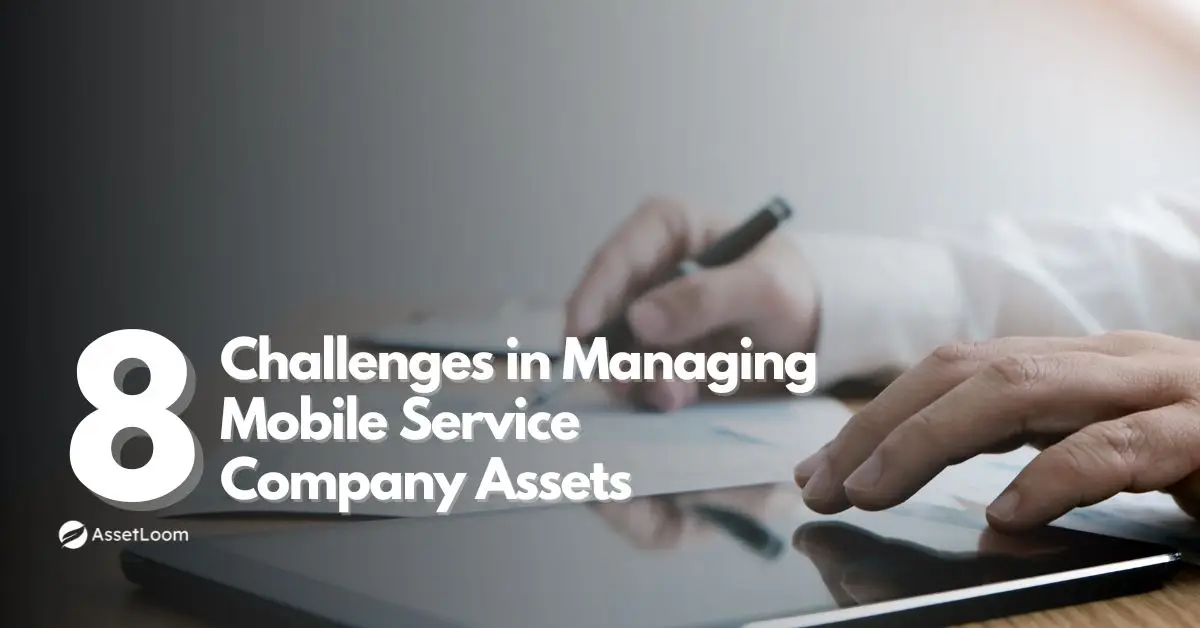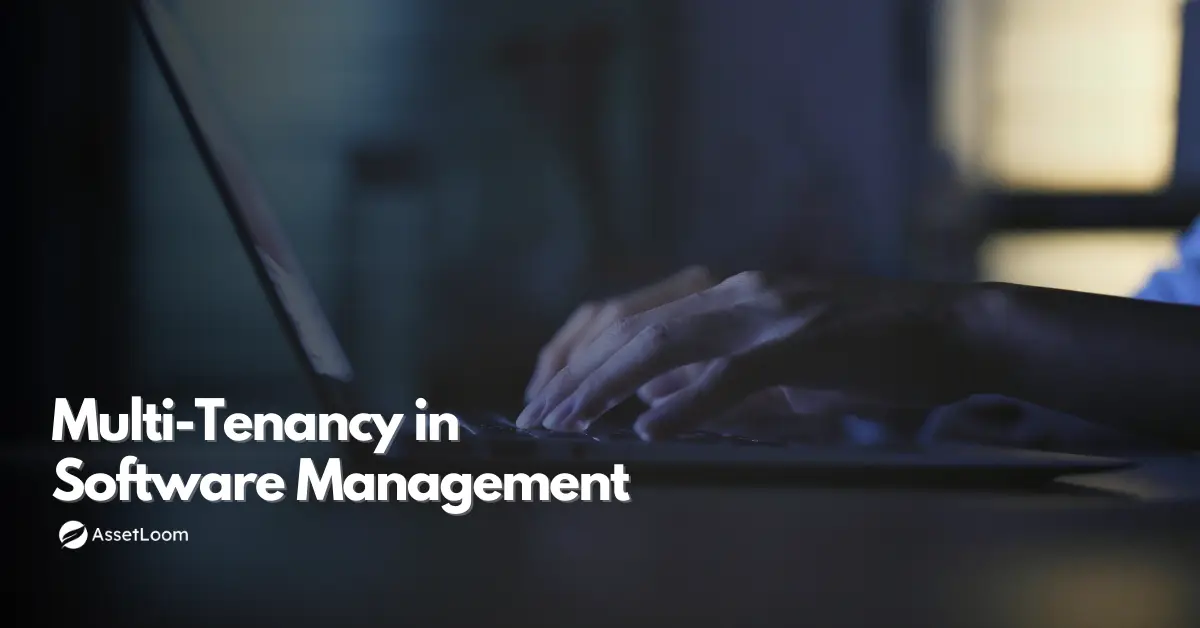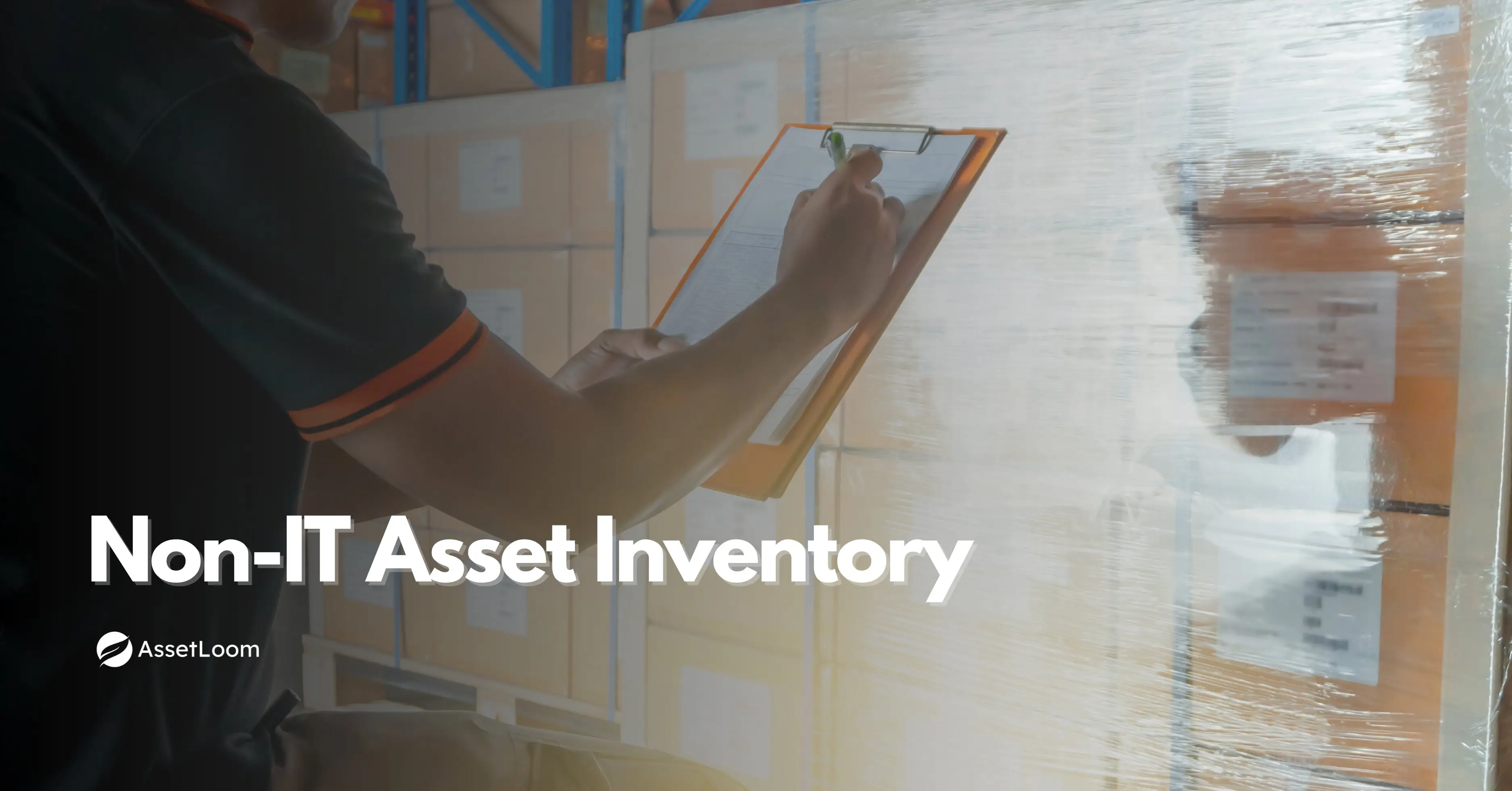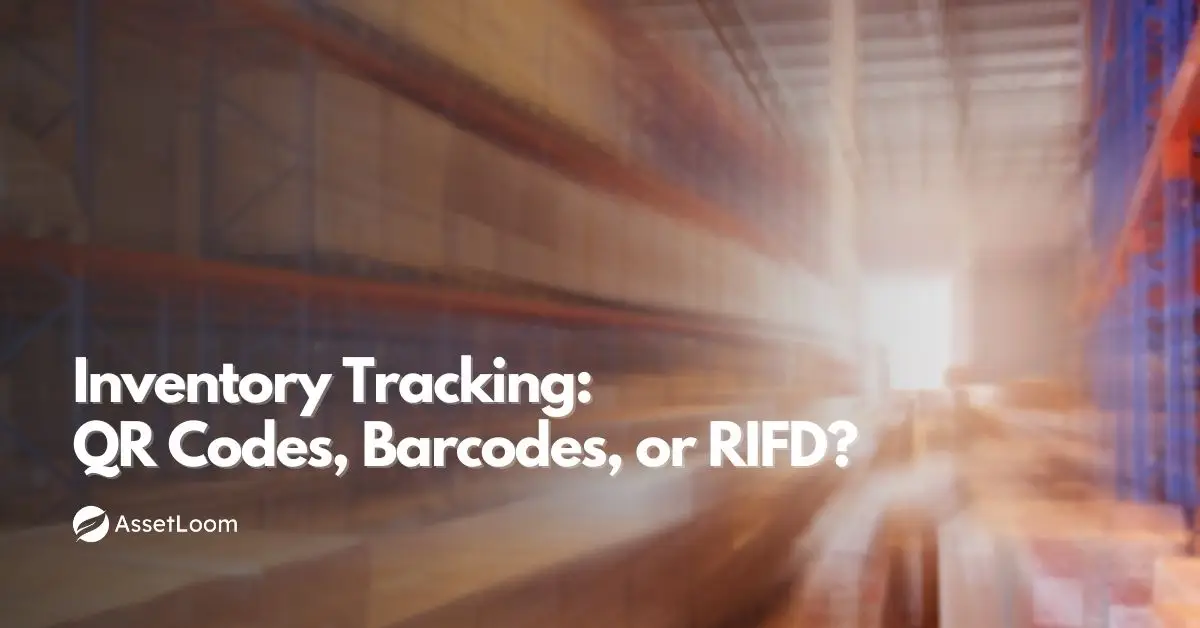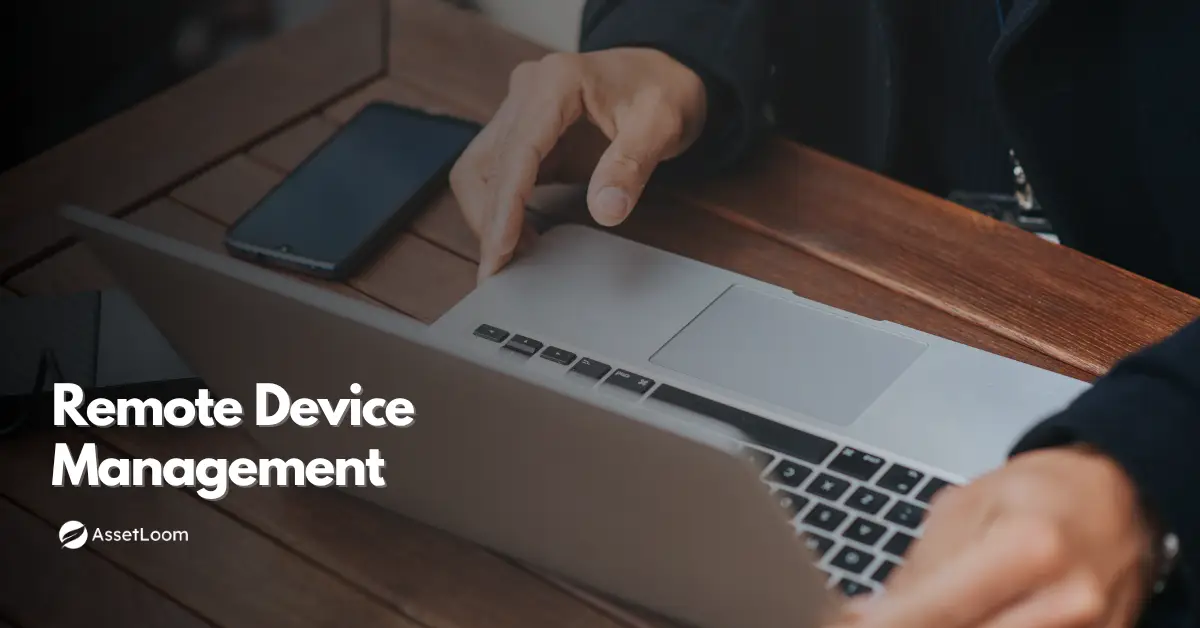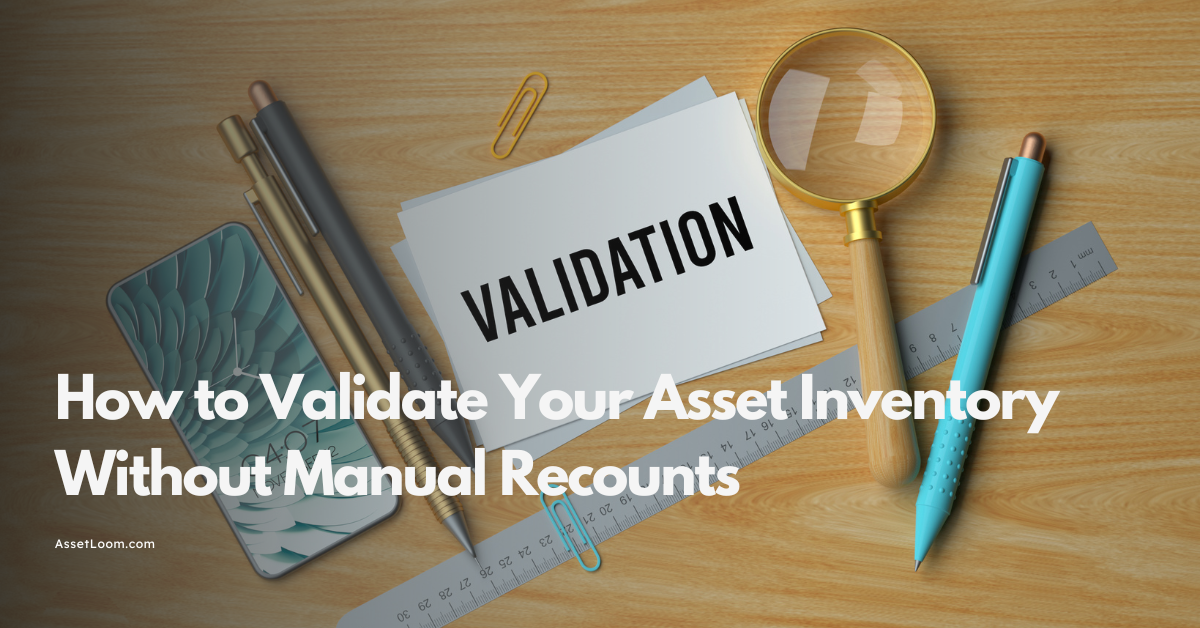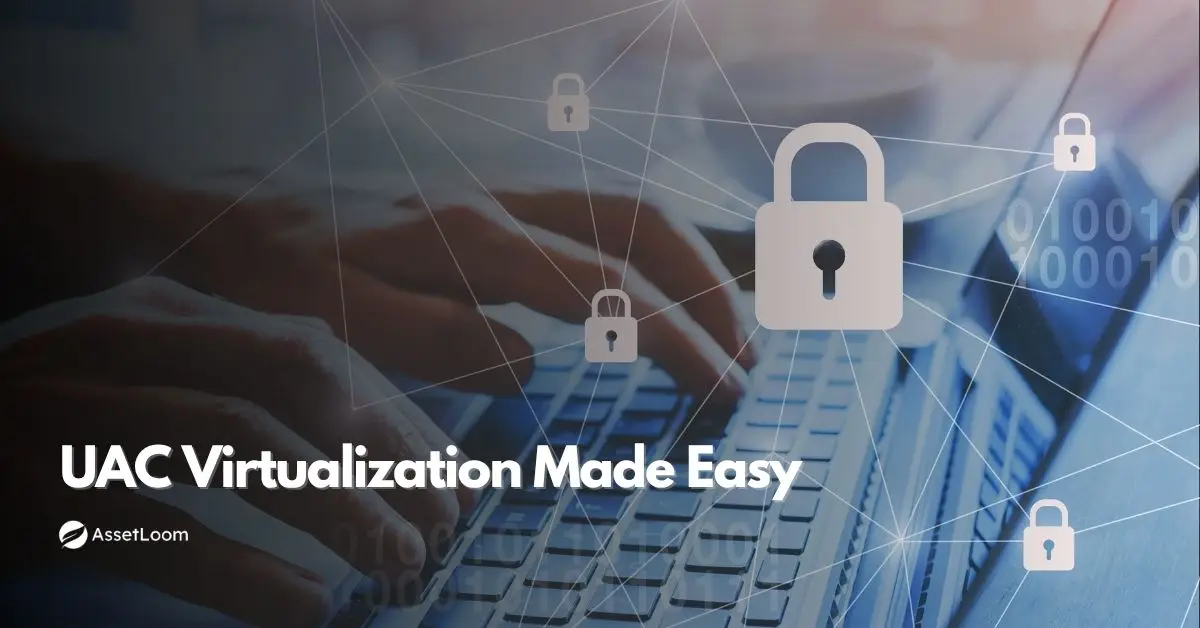IT Assets All Over the Place? Here’s How to Track Assets Across Multiple Locations
Struggling to manage devices across offices or remote teams? Learn how to track IT assets across multiple locations, reduce losses, and stay organized.
Ever feel like your IT assets are playing hide and seek?
A laptop disappears from one office. A printer goes down in another. Someone remote asks for a replacement, but you’re not even sure what they had to begin with. Meanwhile, you’re juggling spreadsheets, chasing updates, and hoping nothing slips through the cracks.
Sound familiar?
If you’re managing IT across multiple locations—whether it’s a few offices, school campuses, or remote teams—keeping track of everything can feel overwhelming. But it doesn’t have to be.
Let’s look at how you can track your IT assets across multiple locations, stay organized, and finally stop guessing.
Why Tracking IT Assets Across Locations Is So Challenging
When all your IT assets are in one place, tracking them is simple. But once you add multiple offices, remote workers, or branches, things get tricky.
Many teams rely on spreadsheets or emails to keep track. But these methods can’t keep up with constant changes. Devices move around. People switch roles. Without a central system, it’s easy to lose track of who has what and where.
This confusion causes problems: lost equipment, wasted money on replacements, and security risks from untracked devices.
For example, A retail chain with many stores couldn’t tell which locations had old laptops. Without clear tracking, they missed upgrades and faced slowdowns.
Knowing these challenges helps you see why a better solution is needed.
What You Need to Track
Tracking where your assets are is important—but it’s only one piece of the puzzle. To manage IT well, you also need to know:
- What the asset is (like a laptop, printer, or router)
- Who is using it (an employee, team, or department)
- Its current status (in use, being repaired, or retired)
- Warranty, license, or maintenance details
Having all this information in one place gives you the full picture. It helps with budgeting, planning, and keeping your IT environment secure.
That’s why strong IT inventory management is essential—it’s not just about location, but complete asset control.
How to Track Assets Across Multiple Locations
Tracking assets within a single office is one thing, but doing it across multiple sites, departments, or even cities introduces more complexity. You’re dealing with different people, processes, and environments. To keep things organized and avoid costly losses or confusion, you need a structured approach.
Here’s a step-by-step guide to help you track IT assets effectively across locations:
1. Centralize Your Asset Inventory
Start by consolidating all asset data into one central system. This means pulling information from spreadsheets, emails, purchase records, and handwritten logs, and organizing it in a single database. Even if you're using basic tools at the start, the goal is to eliminate silos and ensure everyone is referencing the same source of truth.
Your asset inventory should include:
-
Asset name and type
-
Unique ID or tag
-
Purchase date and cost
-
Current user or owner
-
Assigned location
-
Warranty or license details
-
Status (in use, available, under maintenance, retired)
As your operations grow, this step becomes easier with a dedicated IT inventory management platform that can store and sync everything in real-time.
2. Define Locations Clearly
Break your organization down into logical groups—this might be by physical site (e.g., “New York Office”), department (e.g., “Marketing”), or even teams (e.g., “Sales West Coast”). Be consistent in how you name and categorize these locations, and apply those labels across your system.
This structure helps you filter and report by location, track asset movement, and identify where resources are being used or underutilized.
3. Tag Assets with Unique Identifiers
Each asset should have a unique label—ideally a barcode or QR code—that links back to your central system. These tags make it easy to identify equipment in the field and reduce manual entry errors. Many organizations also embed location info directly in the asset name (e.g., “CHI-MKT-Laptop-045” for a marketing laptop in the Chicago office).
Scanning tools, whether via handheld scanners or mobile apps, help simplify check-in/check-out processes and audits across different sites.
4. Assign Clear Responsibility
Knowing where an asset is located is helpful, but knowing who’s responsible for it is even better. Assign each item to an individual, department, or team. This not only boosts accountability but also helps when something needs to be serviced, replaced, or tracked down.
For example:
-
In education, assign tablets to specific classrooms or teachers.
-
In a healthcare setting, assign diagnostic equipment to a department or technician.
-
In a tech company, link each laptop to an employee or role.
This way, when an issue arises, you know exactly who to contact.
5. Use ITAM Software as You Scale
Manual processes may work when you have a handful of assets, but once you're tracking devices across multiple sites, spreadsheets often fall short. This is where IT asset management (ITAM) software becomes essential.
Modern tools are built to handle complexity, supporting multiple users, locations, and devices—all in one system. With features like cloud access, mobile scanning, user permissions, and automated alerts, ITAM software helps your team stay on the same page and avoid asset blind spots, even as your organization grows.
6. Standardize Your Processes
Even with great tools, inconsistent usage can lead to confusion. Define a standard operating procedure (SOP) for how assets are added, moved, updated, or retired. Train your team on the process, and make sure everyone follows it, especially those in different locations.
Documenting your process not only improves accuracy but also makes onboarding easier and helps keep your records trustworthy as your organization grows.
Tips for Tracking Assets Across Multiple Locations
Good processes are the foundation of effective asset tracking, whether you’re just starting out or already using software.

Here are some practical steps that can help you stay organized across multiple locations:
- Create a Consistent Naming System: Agree on a clear, uniform way to name assets and locations. For example, a company might use “LA-Office-Laptop-001” to indicate a laptop in the Los Angeles office. This consistency makes it easier to search and find items quickly.
- Assign Clear Ownership: Make sure each asset is linked to a person, team, or department. For instance, in a school district, each tablet might be assigned to a specific teacher or classroom. This way, if a device goes missing, you know who to contact.
- Perform Regular Physical Checks: Even with digital records, periodic audits help catch mistakes or missing items. A retail chain might schedule quarterly checks at each store to verify that all point-of-sale devices are accounted for.
- Keep Your Team in the Loop: Train everyone on how and when to update asset info. For example, a healthcare provider might require staff to log asset transfers immediately after moving equipment between departments, ensuring records stay current.
- Document Your Tracking Process: Write down your procedures so new team members can follow the same steps. A tech company might maintain a simple guide outlining how to check assets in and out, making onboarding easier and more consistent.
While these steps can improve asset tracking on their own, many organizations find that using a dedicated IT Asset Management tool can make the process smoother and more efficient.
What to Look for in an IT Asset Tracking Solution
When your assets are spread across multiple locations, having the right tool can make a big difference. If you’re considering IT asset tracking software, here are some key features to look for:
- Multi-location support: A good system should let you group and filter assets by site, department, or business unit. This helps you avoid mixing up records and gives each team visibility into only what they manage, without the noise.
- Cloud-based access: With teams working from different locations (and sometimes time zones), cloud access ensures that everyone can view or update asset data in real-time. No more outdated spreadsheets stuck on someone’s desktop.
- User roles and permissions: Not everyone needs full access. Look for software that lets you assign different permission levels—so IT managers can edit records, while other staff can only view them. This reduces the risk of accidental changes or data loss.
- Mobile scanning: Barcode and QR code scanning using a smartphone or tablet makes it easy to check equipment in and out, update status, or verify inventory during audits—especially useful for field teams or remote offices.
- Reporting and alerts: Automated alerts for upcoming license expirations, expiring warranties, or overdue maintenance help you stay proactive instead of reactive. Customizable reports also help with budgeting, compliance, and audits.
- Data import/export: You shouldn't have to start from scratch. A flexible system will let you upload your existing asset records and export data easily for reporting, audits, or integration with other tools your team already uses.

Solutions like AssetLoom offer many of these features designed specifically for teams managing assets across multiple locations. Tools like this can streamline your tracking process and give you peace of mind as your organization grows.
Stay in Control, Wherever Your Assets Go
Keeping track of assets across multiple locations isn’t easy, especially when things are constantly moving. But with clear processes and the right habits in place, it’s absolutely manageable.
Small steps like consistent naming, regular audits, and shared responsibility can go a long way. They help your team stay aligned, reduce confusion, and build a system that actually works, no matter how many locations you’re dealing with.
At the end of the day, asset tracking isn’t just about inventory. It’s about making sure your tools are where they need to be so your people can do their best work, anywhere.

Subscribe for Expert Tips and Updates
Receive the latest news from AssetLoom. right in your inbox
